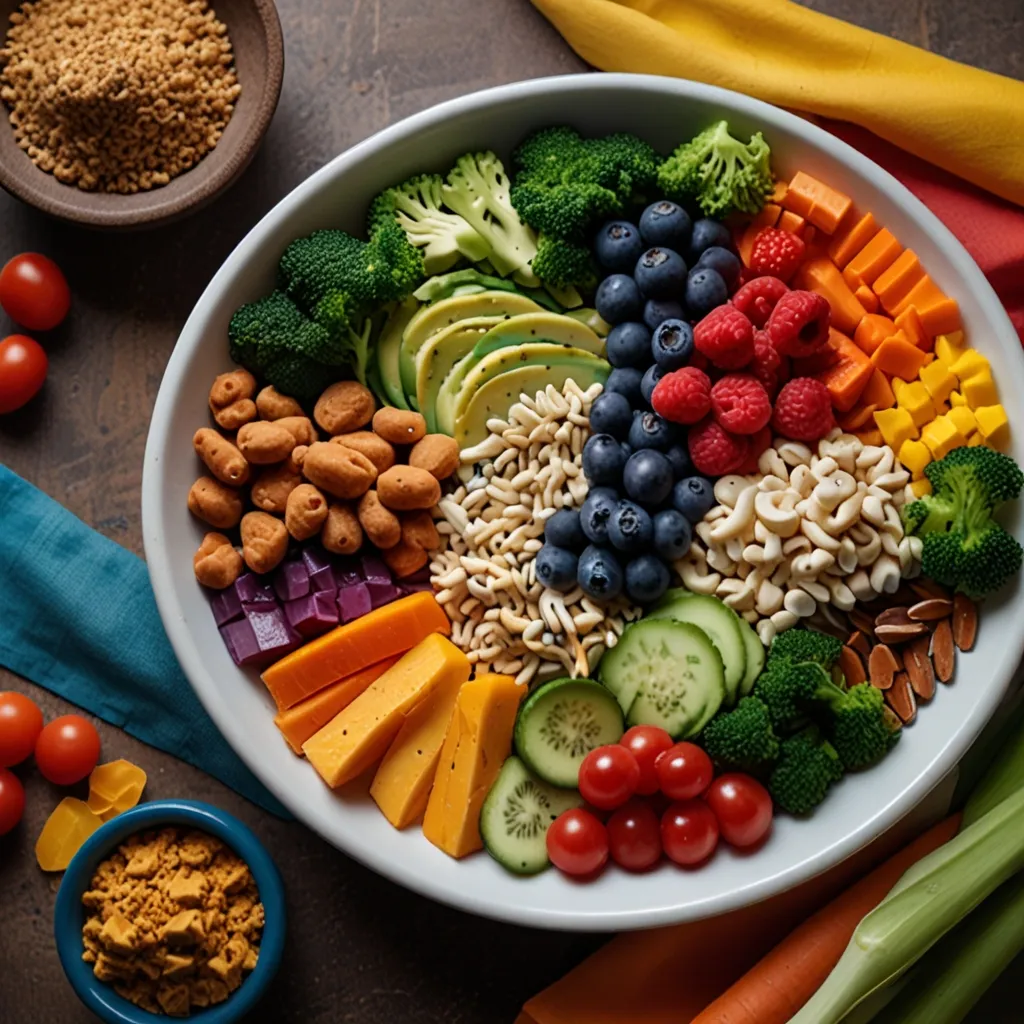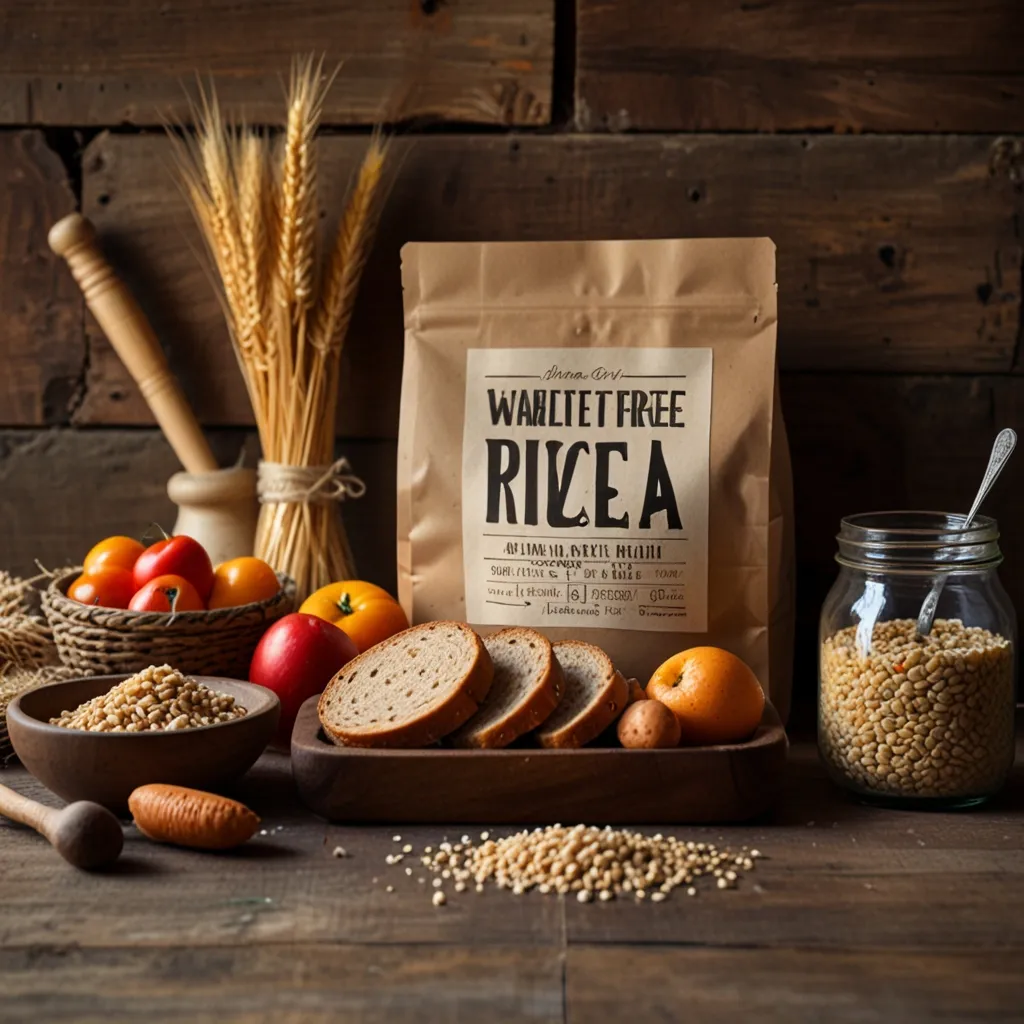Water retention, or edema, is that annoying phenomenon where your body clings to extra fluids, making your feet, ankles, and hands feel puffy. But guess what? There’s an easy way to handle this. Simple lifestyle shifts, some dietary tweaks, and a few handy tips can do the trick. Let’s dive into how to say goodbye to that pesky puffiness.
First up, drink water. Sounds weird, right? More water to lose water? But it works! Staying hydrated helps your body flush out the bad stuff and the extra fluids. So, try to down at least eight glasses a day. If guzzling plain H2O doesn’t excite you, mix things up with herbal teas or some low-sugar juices.
Next on the list, get moving. Exercise is a game-changer. It gets your blood pumping and helps reduce the fluid buildup in your arms and legs. Just a daily walk can work wonders. Feeling a bit more energetic? Throw in some light cardio or yoga. These activities help your body kick out excess fluids more effectively.
Then there’s your diet. The stuff you eat plays a huge role in water retention. Foods with a high salt content are your enemy here because salt makes your body hold onto water. So, go easy on the sodium. Think fresh fruits and veggies over those tempting processed snacks. Potassium-rich foods like bananas, avocados, and spinach are great because potassium balances out your sodium levels.
Don’t forget about antioxidants and fiber. Foods rich in these can actually help cut down on water retention. Berries, leafy greens, and whole grains? Yes, please. Omega-3 fatty acids are also your friends. You can find these in salmon and flaxseeds, and they help reduce inflammation and improve circulation.
Stress is another culprit in the fluid retention game. When you’re stressed, your body releases hormones that can make it hold onto fluids. So, find ways to chill out. Deep breaths, a bit of meditation, or even a warm bath can do the trick. All these help your body and mind relax, shooing away that excess fluid.
Then there’s sleep. Getting a good night’s sleep is super important. Poor sleep messes with your body’s fluid regulation. Aim for a solid seven to eight hours each night and try to keep a regular sleep schedule.
Here’s a simple trick: elevate your legs. When your feet and ankles swell, lifting them up a bit can help. If you’re glued to a desk all day, make sure you stand and stretch every hour. This move boosts circulation and keeps that fluid buildup in check.
Speaking of circulation, what you wear matters. Tight clothes can squash your circulation and make water retention worse. Opt for comfy, loose-fitting garments. Think breezy fabrics like cotton or linen, and stay away from tight socks or shoes that trap your feet and ankles.
Caffeine and alcohol? Not so much. Sure, they might make you lose water at first, but they actually leave you dehydrated, causing more fluid retention later. So, keep their intake in moderation.
Certain herbs and spices can also give you a hand. Dandelion root is a natural diuretic, helping flush out those extra fluids. Ginger and turmeric also pack a punch with their anti-inflammatory properties, improving circulation and reducing swelling.
But don’t ignore persistent or severe water retention. If it’s sticking around despite your best efforts, it’s a good idea to check in with a healthcare professional. They can pinpoint any underlying issues and give you tailored advice.
So, with these tweaks to your lifestyle and diet, you can beat water retention and feel more comfortable in your skin. It’s all about a balanced approach and taking care of your body in a holistic way. Drink water, move around, eat right, chill out, sleep well, dress comfy, and watch what you drink. Simple changes, big difference. Love your body, and it’ll love you right back.






